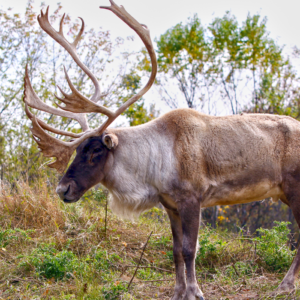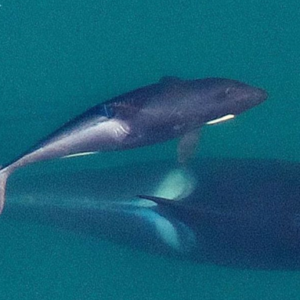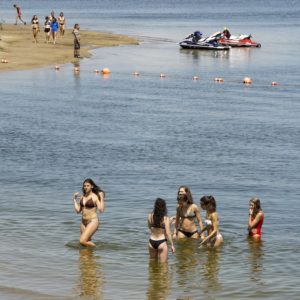It’s Turtle Nesting Season: What You Can Do to Help
Did you know there are around 320 to 350 species of turtle across the globe? Twelve of which can be found in Canada! Turtle species can be classified into two categories: freshwater turtles, or ones that live in lakes, rivers and ponds, and marine turtles found in the ocean.
The eight freshwater turtle species that call Canada their home include:
- the Eastern snapping turtle (Chelydra serpentina)
- the Eastern musk turtle (Sternotherus odoratus)
- the Painted turtle (Chrysemys picta)
- the Spotted turtle (Clemmys guttata)
- the Spiny softshell turtle (Apalone spinifera),
- Blanding’s turtle (Emydoidea blandingii),
- the Northern map turtle (Graptemys geographica)
- the Wood turtle (Glyptemys insculpta).
Some marine species found in Canada are the Loggerhead sea turtle (Caretta caretta), Leatherback sea turtle (Dermochelys coriacea), and Kemp’s Ridley sea turtle (Lepidochelys kempii). Learn more about these phenomenal species within the Nature Canada archives here!
Of these species listed above, many are listed by The Committee on the Status of Endangered Wildlife in Canada (COSEWIC) under the Species at Risk Act (SARA):
- Eastern Snapping Turtle – Special Concern
- Spiny Softshell – Endangered
- Eastern Musk Turtle – Special Concern
- Painted Turtle – Pacific populations are Endangered, Midland and Eastern are listed as Special Concern and Western Boreal are ‘Not at Risk’
- Spotted Turtle – Endangered
- Blanding’s Turtle – Endangered in Nova Scotia and Threatened near the Great Lakes/St. Lawrence
- Wood Turtle – Threatened
- Northern Map Turtle – Special Concern
- Loggerhead Sea Turtle – Endangered
- Leatherback Sea Turtle – Endangered
- Kemp’s Ridley Sea Turtle – Not listed, most critically endangered sea turtle in the world according to the IUCN
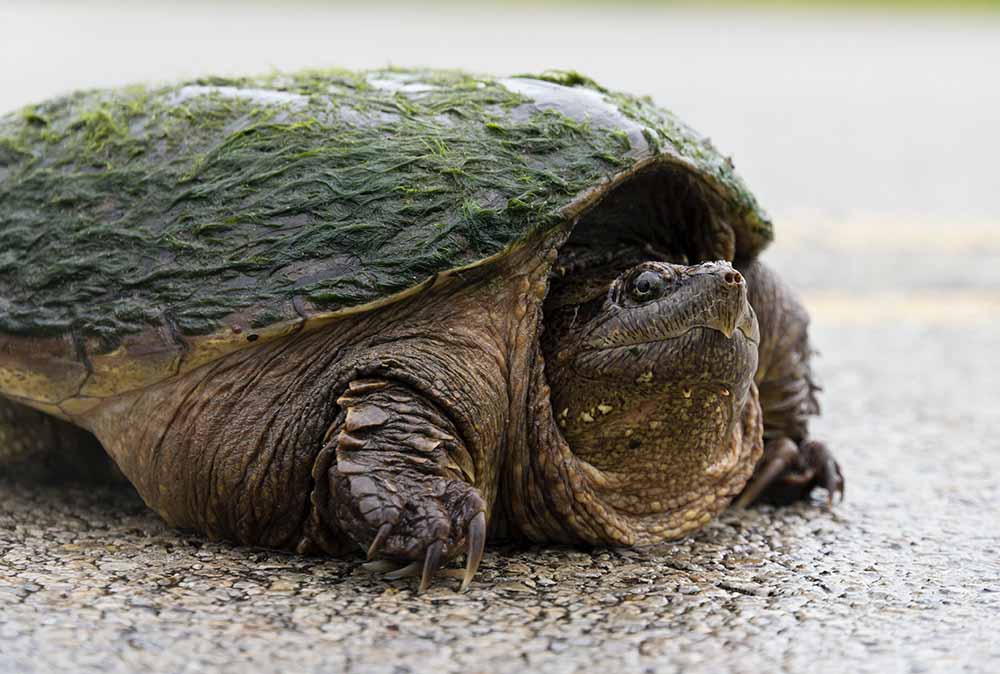
Cars and trucks are one of the biggest threats to turtles
Canadian turtles are threatened for a variety of reasons, however, for the terrestrial species, being crushed by cars and trucks is a significant cause of mortality. For Blanding’s Turtle alone, it is estimated that as many as 400 are killed due to road collisions each year (Seaburn & Gunson, 2016). Although Blanding’s turtles may live up to eighty years, it takes them up to twenty years to reach sexual maturity. As a result, each collision poses a huge threat to the species’ population and ability to survive (MacCullock et al., 1988).
If you are interested in knowing how you can help prevent turtle deaths and road collisions, check out the following video by Naturalist Director, Ted Cheskey. Ted expands on how to safely help turtles cross roadways, the reason behind the high rates of turtle mortality caused by vehicle collisions and why turtles love to nest near roadways.
What to do if you find a turtle on the road
Stop to help a turtle only if it is safe for you to do so. Be very aware of traffic moving in both directions and that you may be creating a road hazard by stopping.
- Move the turtle in the direction in which it was travelling. It has a destination in mind and it will keep trying to reach it, attempting a dangerous road crossing again and again, if necessary.
- Winter snow shovels kept in your car are a great tool to help guide Snapping Turtles since directly handling them can be hazardous.
- Be careful to not drop and injure any turtles you may be carrying; they can be difficult to hold at times.
- Be aware that turtles don’t really want to interact with you (no matter how nicely you talk to them), so don’t expect a “thank you” from them after your help.
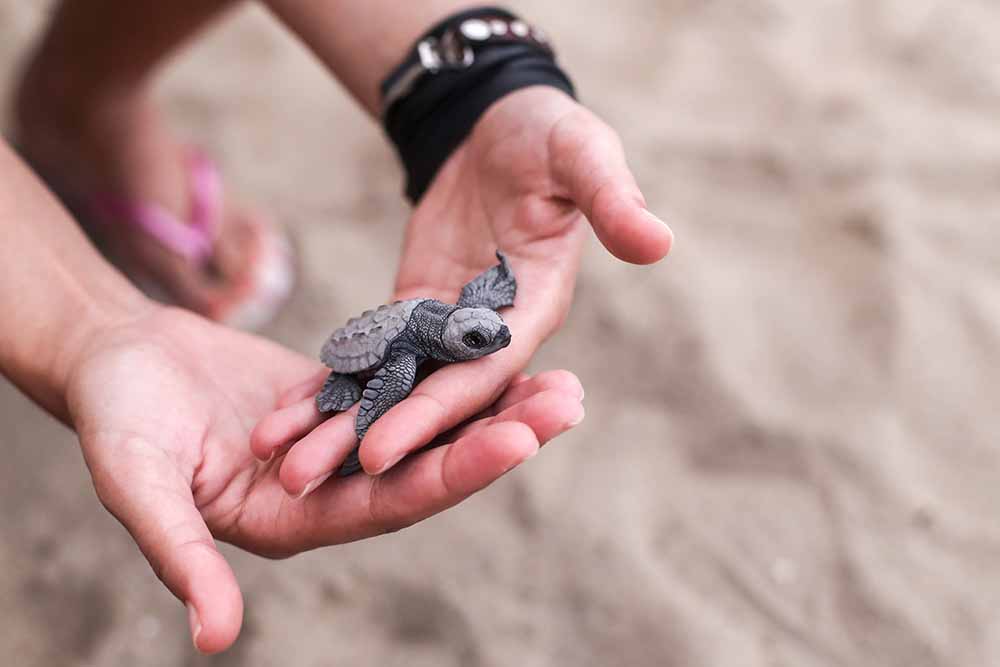
Go the extra mile
- Slow down and stop to help safely move turtles across the road, using the tips as advised by our Naturalist director in the video above and Rod Steinacher.
- Share this blog post and information with friends and family or on social media
- When possible, choose other forms of transportation such as walking, biking or rollerblading
Interested in finding out more information about turtle conservation and their nesting seasons? Listen to the following interviews with our Naturalist Director, Ted Cheskey and veteran naturalist Rod Steinacher.

